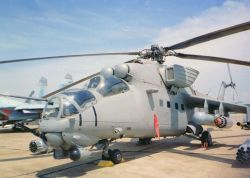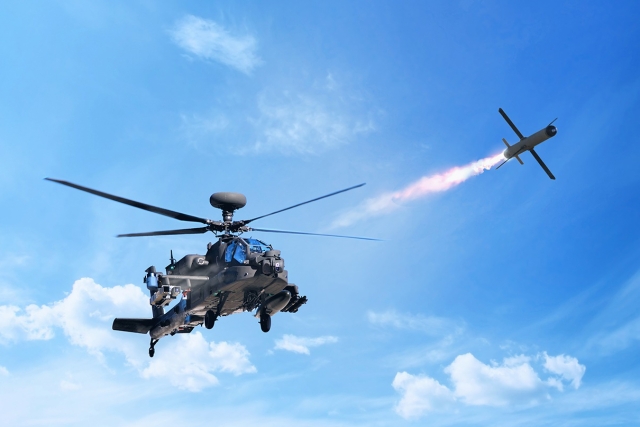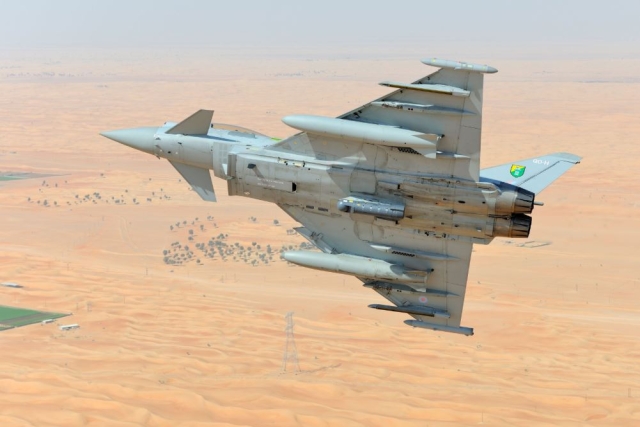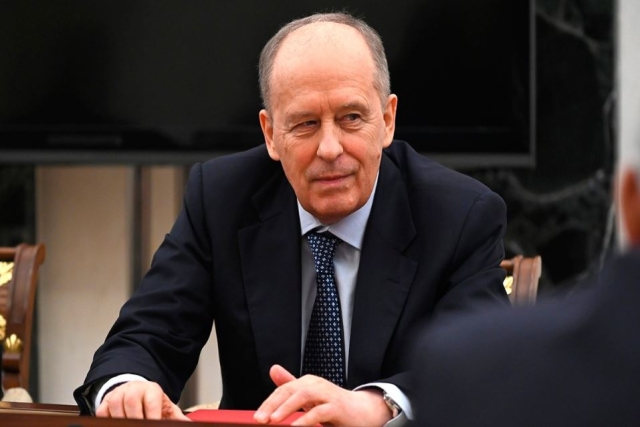Iraq Military Spending Increases To $17 Billion In 2013
The Iraqi government has witnessed a 15.56% expenditure growth in past five years with $17.1 billion increase on advanced defence equipment and military training for the year 2013.
In 2011, $11.6 billion was spent on weapons and training for the military. The budget allocated to acquiring advanced military hardware more than tripled in the 2013 defence budget, from US$1.1 billion in 2012 to US$3.7 billion in 2013.
The Iraqi Ministry of Defence initiated its military modernisation program with M1A1 Abrams battle tanks from the US, with follow-up orders on F-16 fighter jets, air defence missile systems, Apache helicopters and additional tanks. The country has also signed military deals with Russia and Czech Republic.
According to a new report from Strategic Defence Intelligence (SDI), the country’s defence and security expenditure is estimated to grow at a rate of 8.68% over next five years to reach US$26 billion by 2018. The country’s strong oil reserves will play an important role in supporting the country’s military initiatives and will supplement growth of the Iraqi economy with a CAGR of 9.93% over the next five years.
Iraq does not have a strong domestic arms industry, and many of its military goods are therefore imported. The US defence suppliers have dominated imports in the post war period, accounting for 75% of total arms imports by Iraq during the period 2008-2012. The country has also imported a large number of military goods from countries such as Russia, Ukraine, and Italy.
Surveillance operations involving unmanned aerial vehicles (UAVs) and patrol vessels are expected to be an area of focus for Iraq until 2018. The government is expected to focus on protecting its high value assets, such as oil refineries, tanks, tactical trucks, armoured vehicles, and attack helicopters from insurgency attacks.










